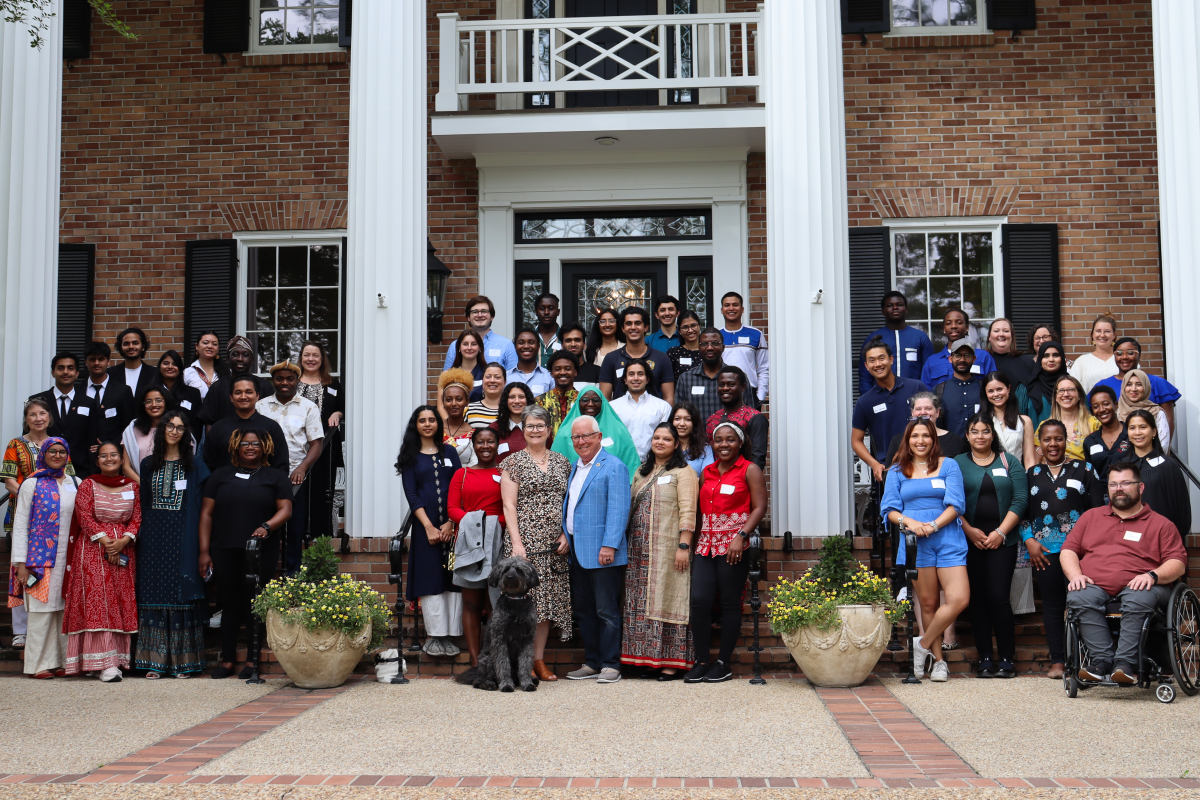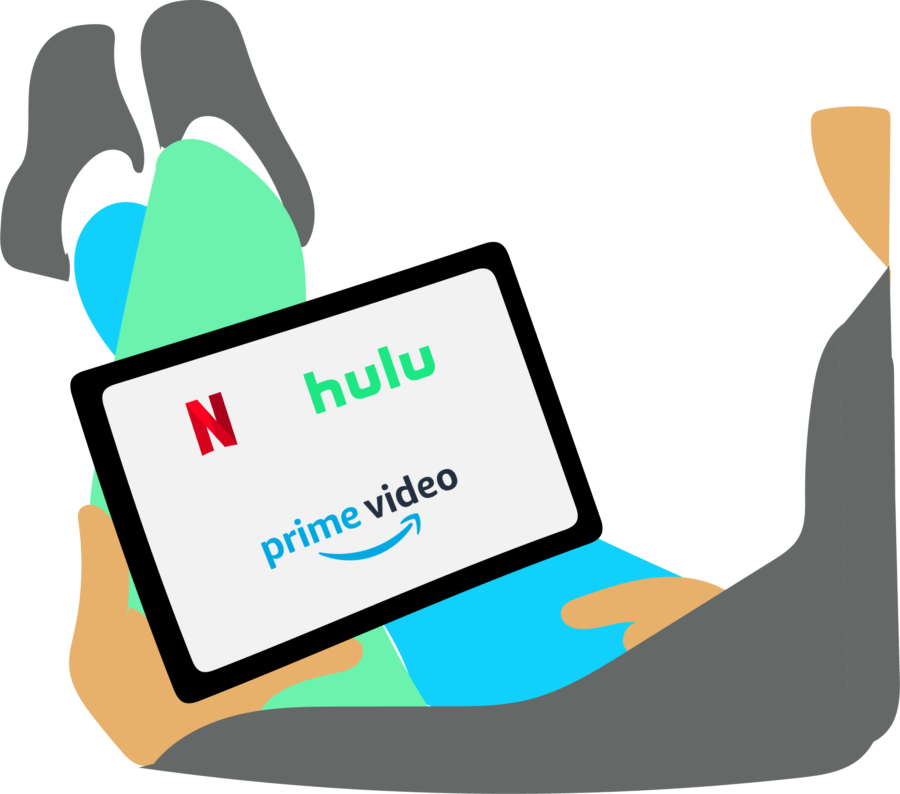On Feb. 24, Netflix released a new feature that shows what the top 10 movies or series in your country are. So far, Netflix originals have dominated the list. On Feb. 29, the US top 10 featured nine titles created by Netflix. On March 5, half of the top 10 were Netflix originals, with three—“The Trials of Gabriel Fernandez,” “Love is Blind” and “Altered Carbon” — making the top five.
This is not unique or unprecedented. The main attraction of streaming services over cable is its variety of content with shorter ad breaks. Netflix, in particular, currently has no designated ad space in its programs, unlike chief competitors Hulu and Amazon Prime.
Yet Netflix advertises on its platform as much as other streaming services do. It has to, in order for any of its original content to reach an audience. However, instead of commercials playing throughout a viewer’s programs, Netflix has adopted the art of nonvertising, advertising based on its algorithm and interface quirks instead of predetermined breaks within the program.
When you turn on Netflix, what’s the first thing you see? Chances are it’s a large banner promoting a recently released Netflix original. Unless you’ve specifically turned off the feature in your settings, it’ll start playing a preview of the program. Sometimes, it’ll be a snippet of the show or movie, but chances are, it’s an actual ad.
This is a pretty overt example of nonvertising. It’s technically not an ad break since it automatically stops playing as soon as you scroll away from the banner. Still, because of the way the homepage is set up, Netflix tries to sell you on a product as soon as you load the first screen.
Autoplay previews are fairly obvious advertisements. As soon as they start playing, you know, “Oh, this is trying to sell me something.” But the real way nonvertising works is through its interface presentation.
Trending lists, such as the aforementioned top 10, are a good example of this. As soon as you scroll down from the large banner on the top of the page, you’ll see two lists called Trending Now and Popular on Netflix. These lists serve the exact same purpose: to show which movies or series are bringing in the highest numbers across the platform.
So, why have two of them? Simple: it maximizes the amount of promotion space for programming. Since both lists are fairly high up, there’s a good chance a casual viewer will scroll through and see if there is anything they find interesting. This is a great spot to put original content since appearing on one or both of these lists increases their chance of engagement.
But, of course, none of these methods of nonvertising would work without Netflix’s algorithm. With the right combination of tags, titles and descriptions, you can get viewers to successfully engage with any content.. This is how “Because you watched…” lists form, and why they always seem to be filled with Netflix-branded content.
But why go through all these hoops in nonvertising? Hulu and Amazon Prime already have designated ad blocks, and they’re both doing fine. Why doesn’t Netflix do the same?
Short answer: it’s their way they stand out. It’s not cheap or easy to maintain a streaming service in 2020. New rivals like Disney+, Peacock and Quibi seem to pop up every other month. In a quickly oversaturating market, Netflix spends a lot of money to create new content, obtain new titles and relicense fan-favorite programs.
This all comes with a hefty price tag. Technically, Netflix hasn’t been in the green since June 2014. During the last financial quarter alone, Netflix reported a $1.548 billion dollar loss, and is, as of writing, facing a total return of -3% on the Wall Street NASDAQ. Quite frankly, it has no money to spare on overt advertising.
In some ways, nonvertising has paid off. Netflix is still a widely respected streaming service, with 167 million subscribers in 2019. Netflix originals are able to secure a lot of top talent, such as Laura Dern in “Marriage Story,” Natasha Lyonne in “Russian Doll” and Sophia Lillis in “I Am Not Okay With This.” Their film studio secured the most nominations during the 2020 Oscars and ended up breaking a record for its number of 2020 Golden Globe noms.
However, Netflix’s method of nonvertising is unsustainable. People find automatic previews annoying, which is why Netflix installed a feature to stop them from happening. Lists are fine, but once someone scrolls through the Trending Now, Popular on Netflix and top 10 lists without clicking on something, chances are they’re gonna find something else to do. If Netflix hopes to exist long into the future, it has to cool down on this nonvertising approach. Otherwise, it’ll get buried.






























